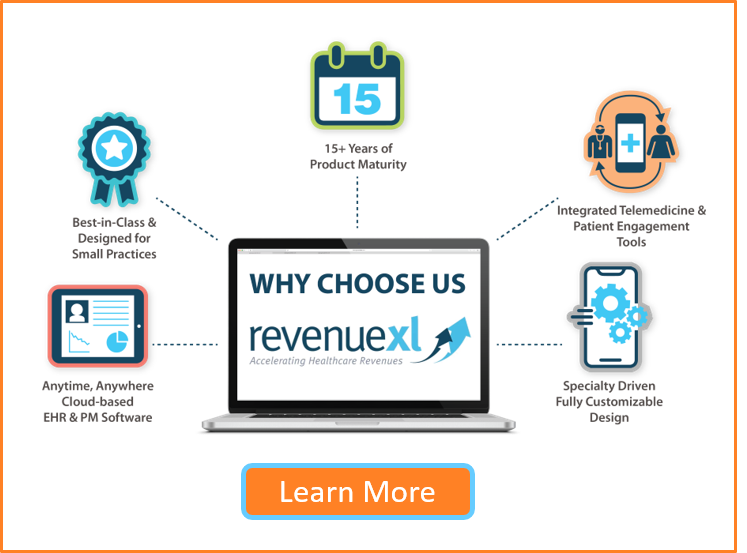In today's digital healthcare landscape, protecting sensitive patient data is not just a priority—it's a necessity. With the rise of cyberattacks, healthcare organizations need robust security measures to safeguard their cloud-based EHR systems. Multi-Factor Authentication (MFA) stands out as one of the most effective tools for preventing unauthorized access and securing critical healthcare information. But what exactly is MFA, and how does it work in the context of cloud-based EHR software? Let’s explore.
What is Multi-Factor Authentication (MFA)?
Multi-Factor Authentication (MFA) is a security protocol that requires users to verify their identity using two or more authentication factors before gaining access to a system. These factors typically fall into three categories:
- Something You Know: A password or PIN.
- Something You Have: A physical device, like a mobile phone or security token.
- Something You Are: Biometric data, such as a fingerprint or facial recognition.
By combining these layers, MFA ensures that even if one factor (e.g., a password) is compromised, unauthorized users cannot access the system without the additional authentication layers.
How Does MFA Work in Cloud-Based EHR Software?
-
User Login:
A healthcare provider enters their username and password to log in to the cloud-based EHR system. -
Second Authentication Step:
After the initial login, the system prompts the user for a second factor, such as entering a code sent to their mobile device or verifying via a biometric scan. -
Access Granted:
Once both factors are successfully verified, access to the EHR system is granted. -
Ongoing Verification (Optional):
Some systems also implement periodic re-authentication for sensitive operations, adding an extra layer of security.
Why is MFA Critical for Cloud-Based EHR Software?
-
Enhanced Security:
MFA significantly reduces the risk of unauthorized access, even if login credentials are stolen. -
Compliance with Regulations:
Standards such as HIPAA mandate strict security protocols, and MFA helps meet these requirements effectively. -
Protection Against Phishing Attacks:
Even if a password is compromised through phishing, the additional authentication step prevents unauthorized access. -
Improved User Accountability:
With MFA, user actions are more traceable, reducing the risk of insider threats and accidental breaches. -
Remote Access Security:
For remote healthcare providers accessing EHR systems from outside the clinic, MFA adds a vital layer of protection.
Challenges in Implementing MFA in EHR Systems
- User Friction: Requiring multiple steps for login can sometimes cause frustration among users.
- Device Dependency: Lost or stolen authentication devices (e.g., mobile phones) can disrupt access.
- Implementation Costs: Integrating MFA across all access points requires initial investment and ongoing management.
Despite these challenges, the security benefits far outweigh the potential downsides, especially in a sector as sensitive as healthcare.
Conclusion
Multi-Factor Authentication (MFA) serves as a powerful shield against unauthorized access to cloud-based EHR systems. By requiring multiple layers of identity verification, MFA ensures that patient data remains protected, healthcare providers stay compliant with regulations, and trust is maintained in digital healthcare solutions.
As cyber threats continue to evolve, adopting MFA is no longer optional but a fundamental requirement for every healthcare organization relying on cloud-based EHR software.






